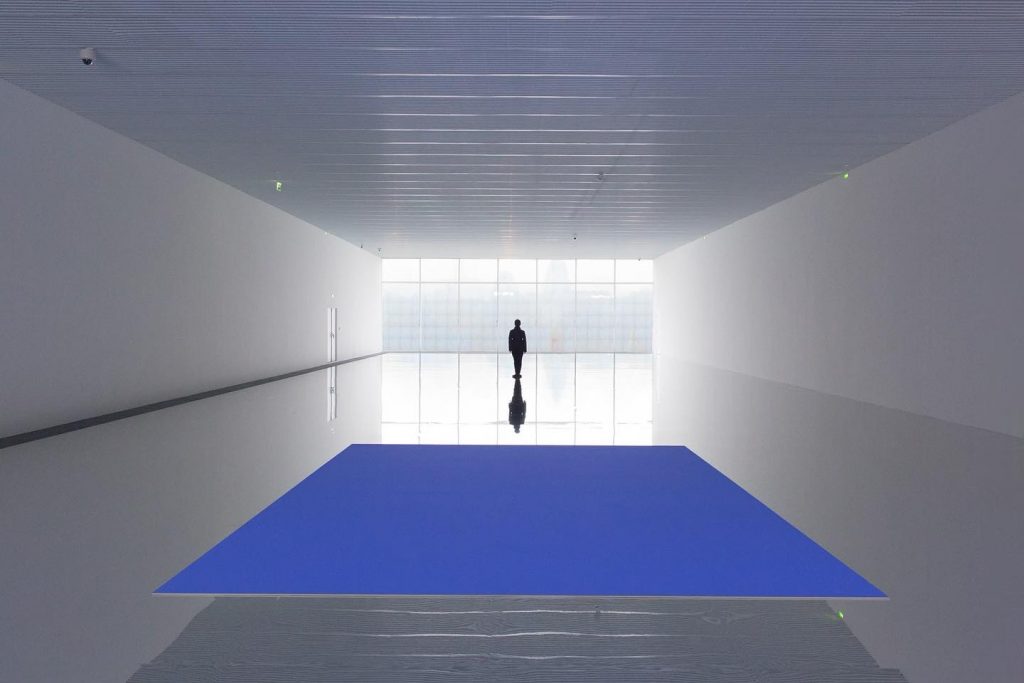
Kimsooja: Meta-Painting
Tanya Bonakdar Gallery – Until Jun 14, 2024 New York (US)
Tanya Bonakdar Gallery is pleased to present Kimsooja’s first solo exhibition with the gallery on view April 12 through June 14, 2024. This marks Kimsooja’s first solo exhibition in New York in almost 20 years.
1980s.
Since the early 1980s, Korean conceptual artist Kimsooja has used performance, film, photography, sculpture and site-specific installations to poetically meditate on the notion of painting through the language of cultural traditions in her native land, as well as the human condition via principles of “non-doing” and “non-making.” This exhibition features examples from several major bodies of work including To Breathe (2003-2024); Bottari (1992-2024); Deductive Object (1990-2024); and Meta-Painting (2019-2024).
The bottari.
The bottari—a traditional Korean bundle used to wrap and protect personal belongings—has become a central form, both physically and conceptually, in Kimsooja’s practice. Representative of essential belongings and a nomadic lifestyle, the bottari is also a metaphor to refer to the universal concept of home and migration, but also to a transitory state.
Reflection and contemplation.
Extending the bottari concept to the exterior and interior of the gallery, a two part iteration of To Breathe wraps the gallery space in various forms of light, offering a transformative experience and a meditation on painting that embodies the artist’s enduring interest in the dualism of life and art. As light enters through the gallery’s windows, it becomes refracted by a special film that transforms the natural light into iridescent landscapes that change throughout the day. In the main exhibition space, a mirrored platform folds the architecture of the gallery and offers the viewer a chance to engage more deeply with the surroundings, giving them space for reflection and contemplation. In the center of the platform, light is projected from above, creating a floating tableau of color which slowly progresses through the visible spectrum. By painting with light, Kimsooja expands the traditional notion of painting, transforming the surface into an ever-changing color field.
Meta-Paintings.
In the upstairs gallery, a series of new Meta-Paintings are suspended from the ceiling and accompanied by wrapped bundles of the same material, echoing the bottari form. With the Meta-Paintings Kimsooja continues to explore the fundamental principles of painting and its origins. In 2020 at the Wanås Konst Sculpture Park in Sweden, Kimsooja created linen spun from flax that she had planted, cultivated, and harvested. Created in conjunction with this project, these works reconstruct painting as a life-generating cycle, the unpainted canvas investigates the conceptual relationship between painting, agriculture, and textile.
Brahmanda stone.
Kimsooja’s sculptural wrapped painting Deductive Object suggests a totality that alludes to birth and death. The ovoid shape was inspired by the Brahmanda stone (“cosmic egg”) which in Indian mythology is believed to stand at the origin of creation. Conceptualized as a painting that does not reveal its surface, the deep black absorbs ambient light so the mirrored surface below enfolds the physical space around it.
Rice paper.
Deductive Object: (Un) fold comes in the form of handmade hanji (Korean rice paper). The crumbled rice paper has absorbed the shape of the artist’s hand as it formed the paper into a sphere and subsequently unfolded it. These works are on view alongside Meta-Painting, a sculptural stack of 500 sheets of handmade hanji, which takes almost a year to dry into the textural slab.
Mediums.
Across all mediums and with material acuity, Kimsooja ponders what is human—life, death, loss, yearning, beauty, routine, growth—connecting the individual experience and global concepts with a discernible perception of the everyday, gaining insight into our existence and the world in which we live.
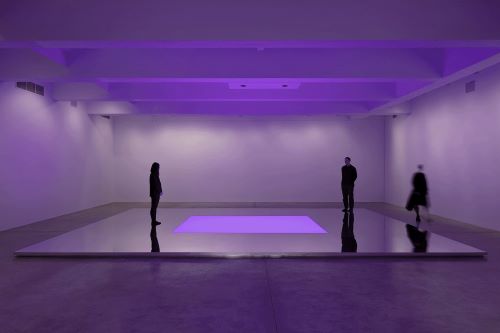
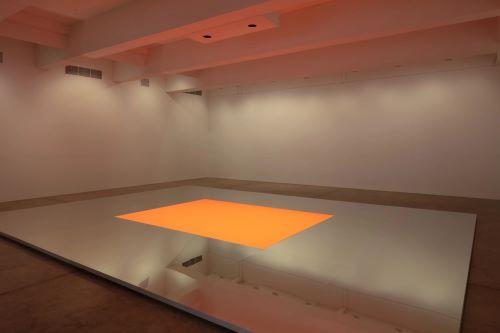
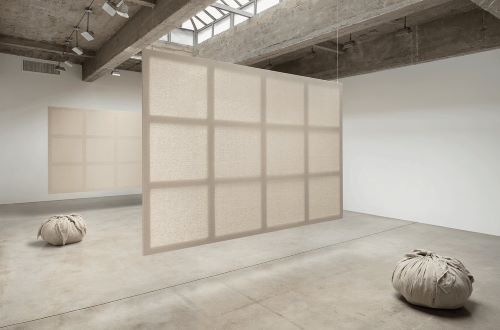
Tanya Bonakdar Gallery→ 521 West 21st Street Chelsea – New York, NY, USA 10011
◊
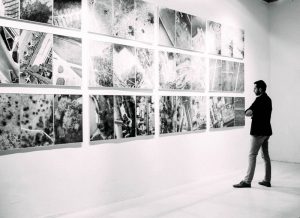
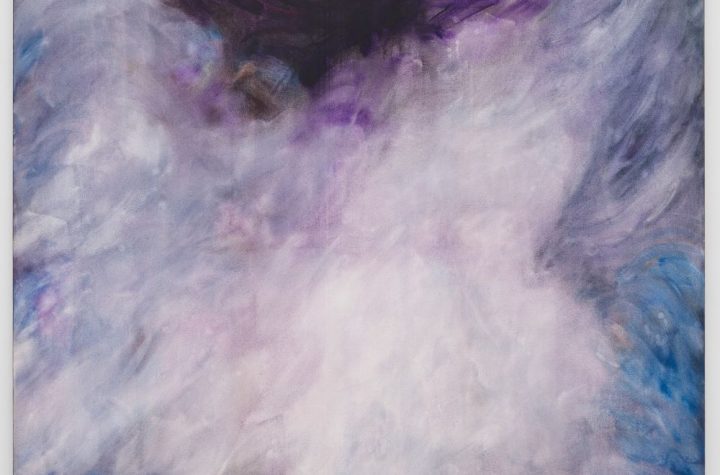
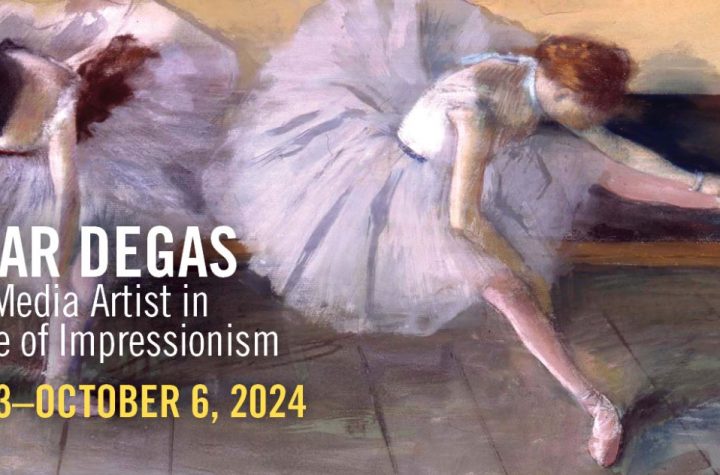
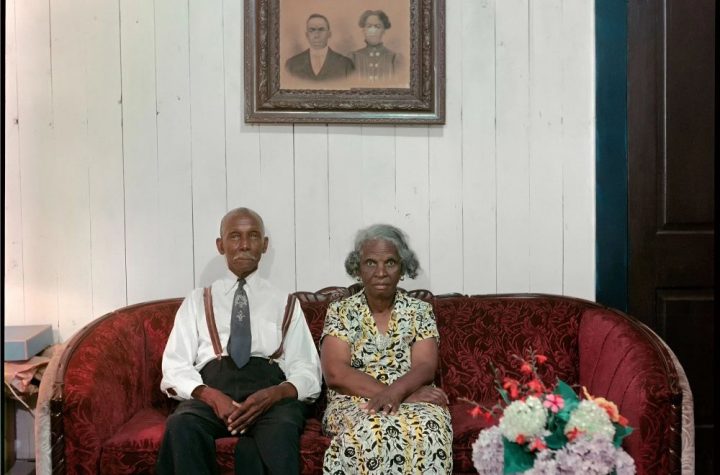
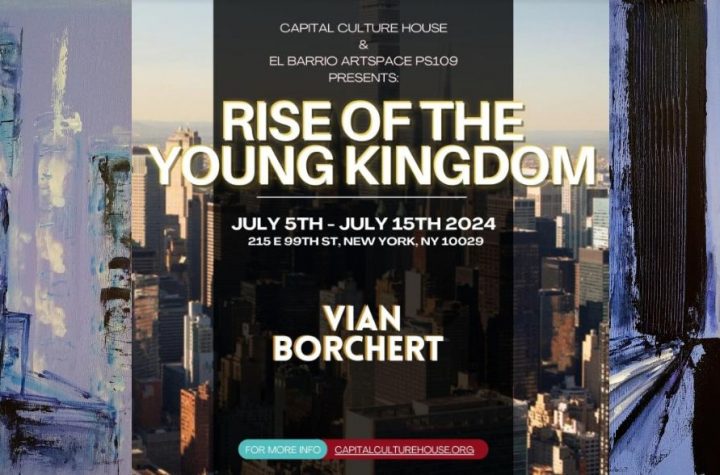
More Stories
Yoko Matsumoto: Darkness Against Nature
Edgar Degas: Multi-Media Artist in the Age of Impressionism
Gordon Parks